Mosaic Pieces
Welcome to the complete Maryland Mosaic.
The Mosaic is not presented chronologically but presents a randomized selection of Mosaic Pieces to spark your interest in a particular event or person. If you would like to have a more ordered chronological overview, use the six fixed time period options on the right of the screen to get a more immediate picture of an historical period. You can also explore by county or by category. Our predefined categories, tags, counties and chronological brackets will help you see links between the Pieces.
The collection has over 140 firsts, including events, people, places, objects, documents or buildings that are unique to Maryland and to the nation. The Mosaic is part of Maryland’s contribution to the U.S. 250th anniversary in 2026. It covers the period from 1776 to the present. You will find at least one Piece for every county and Baltimore City, making this a statewide project.
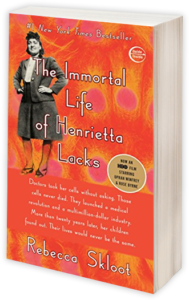
Henrietta Lacks creates medical history
Henrietta Lacks, an African American woman living in Baltimore, unknowingly becomes a major contributor to medical research after her death in 1951.
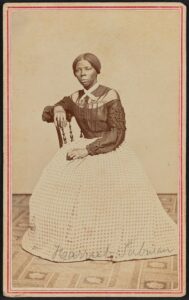
Harriet Tubman, A Moses to her People
Harriet Tubman escapes slavery with two brothers in 1849. Subsequently she leads 13 more escape missions, rescuing 70 individuals and she participates in Civil War military engagements in South Carolina.
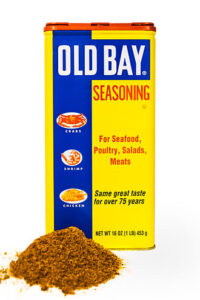
Gustav Brunn, German immigrant, develops Old Bay seasoning
Gustav Brunn, German immigrant, rescued from a concentration camp, arrives in Baltimore in 1939 with a spice grinder. He develops a popular seafood seasoning mix, names it after a Chespeake Bay steamer, and sells the formula for Old Bay to McCormick & Co.

Greenbelt, largest and most successful of the New Deal towns
Greenbelt opens in 1937 and becomes the largest and most successful of New Deal “greenbelt” towns. It becomes a model for others suburbs.
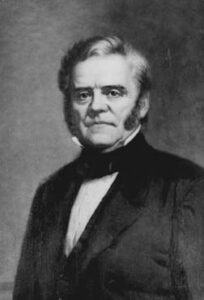
Governor Thomas Holliday Hicks preserves Maryland from secession
Governor Thomas Hicks, slave owner, Know Nothing and anti-secessionist, moves the Maryland Assembly in 1861 to Frederick and leads them to vote against secession. The vote ensures that the national capital is not surrounded by Confederate States.
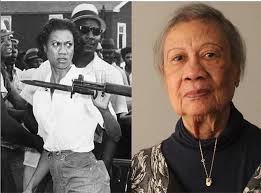
Gloria Richardson negotiates end of Civil Rights demonstrations in Cambridge
Following civil rights demonstrations in 1963, Gloria Richardson becomes the SNCC negotiator with US Attorney General Robert F. Kennedy. They sign the Treaty of Cambridge, ending segregation in schools and housing which is ignored by locals.
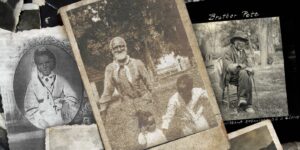
Georgetown College sells 272 enslaved individuals from Southern Maryland plantations
Georgetown College, originally located in MD, arranges sale of 272 enslaved people in 1838 from its Southern MD plantations to Louisiana buyer for $115,000. It is among the largest and best documented slave sales in US history.

George Washington resigns his military commission, changing the course of history.
George Washington resigns his Army commission to Congress in the Annapolis State House in 1783, moving the new country away from dictatorship and toward civilian control of the military.
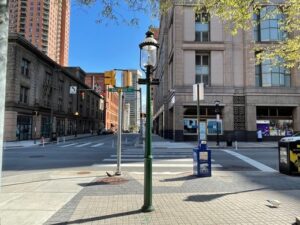
Gaslight installed on Baltimore streets
Baltimore is first US city to light streets with gaslight in 1817 after Rembrandt Peale uses the innovation to light his museum galleries.
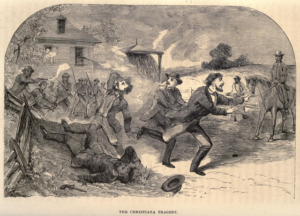
Fugitive Slave Act is tested in Monkton
Edward Gorsuch of Monkton, pursues 13 enslaved escapees in 1851 to Christiana, just over the Pennsylvania line. Although he has a warrant under the 1850 Fugitive Slave Act., the free Black community defends the escapees and Gorsuch is killed. It is the first test of federal legislation to retrieve escaped slaves.
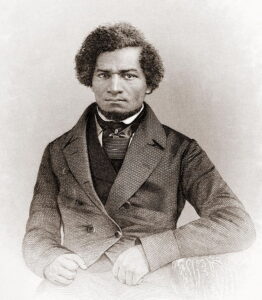
Frederick Douglass escapes by train from Baltimore
Frederick Douglass, born in Talbot County, escapes enslavement by train in 1838. He becomes a powerful speaker for abolition and the most photographed American in the 19th Century.
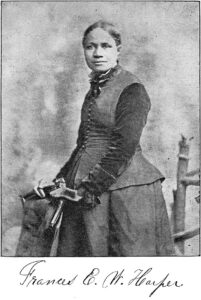
Frances Ellen Watkins Harper publishes first short story by a black woman.
Frances Ellen Watkins Harper, born in Baltimore, abolitionist, suffragist and writer, in 1859 publishes the first short story, then a novel by a Black woman.

First use of genetic genealogy at Catoctin Furnace
The first use of DNA links 27 Black workers buried in the local cemetery of the Catoctin Furnace (c1800) and reveals links to nearly 42,000 living relatives, and traces the enslaved back to their African origins.

First Supreme Court Justice impeached
US Supreme Court Justice Samuel Chase (born in Somerset Cty) is impeached by US House in 1804 but found not guilty in Senate. Pres. Jefferson opposes independent power of the judiciary, supports impeachment.
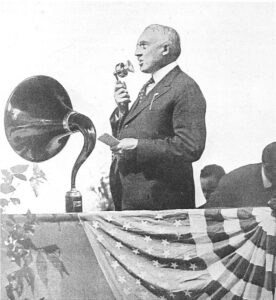
First Presidential Radio Address delivered
WEAR, Maryland’s first radio station to go on the air, broadcasts the first public address of a US president, Warren G. Harding in 1922. He speaks to thousands in a 600 mile radius of Ft. McHenry using a new technology.
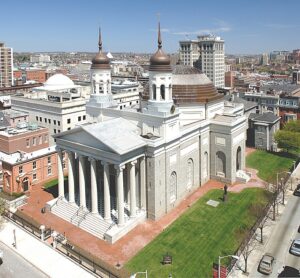
First Catholic Basilica in U.S.
First Catholic Basilica in the US, designed by Benjamin Latrobe, opens in Baltimore City in 1821.


